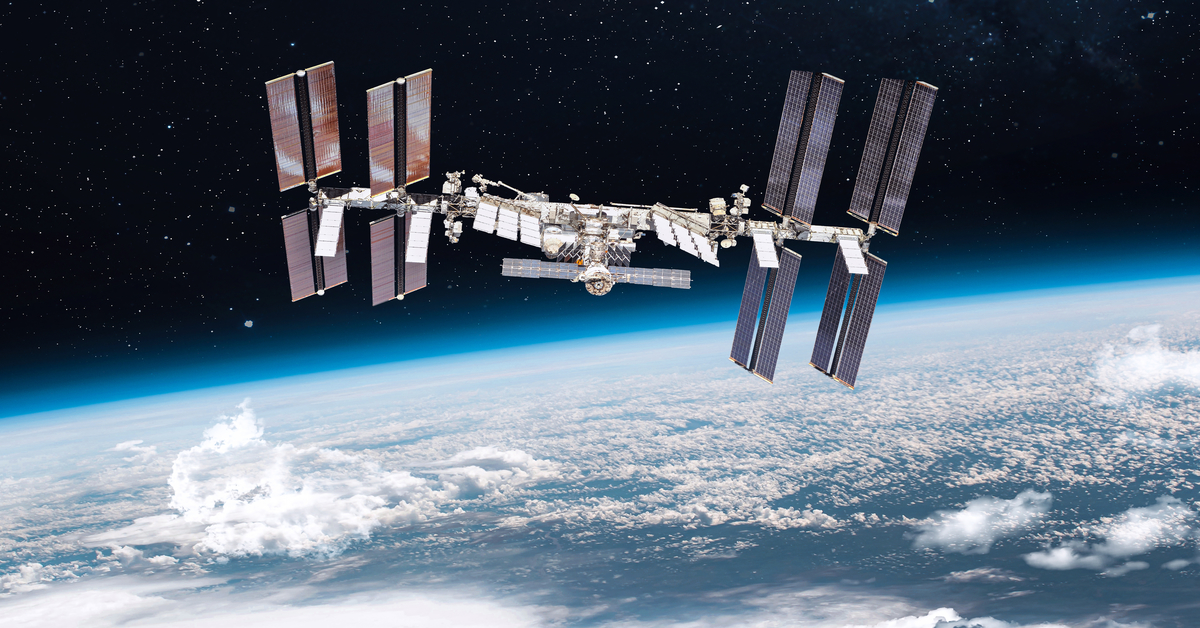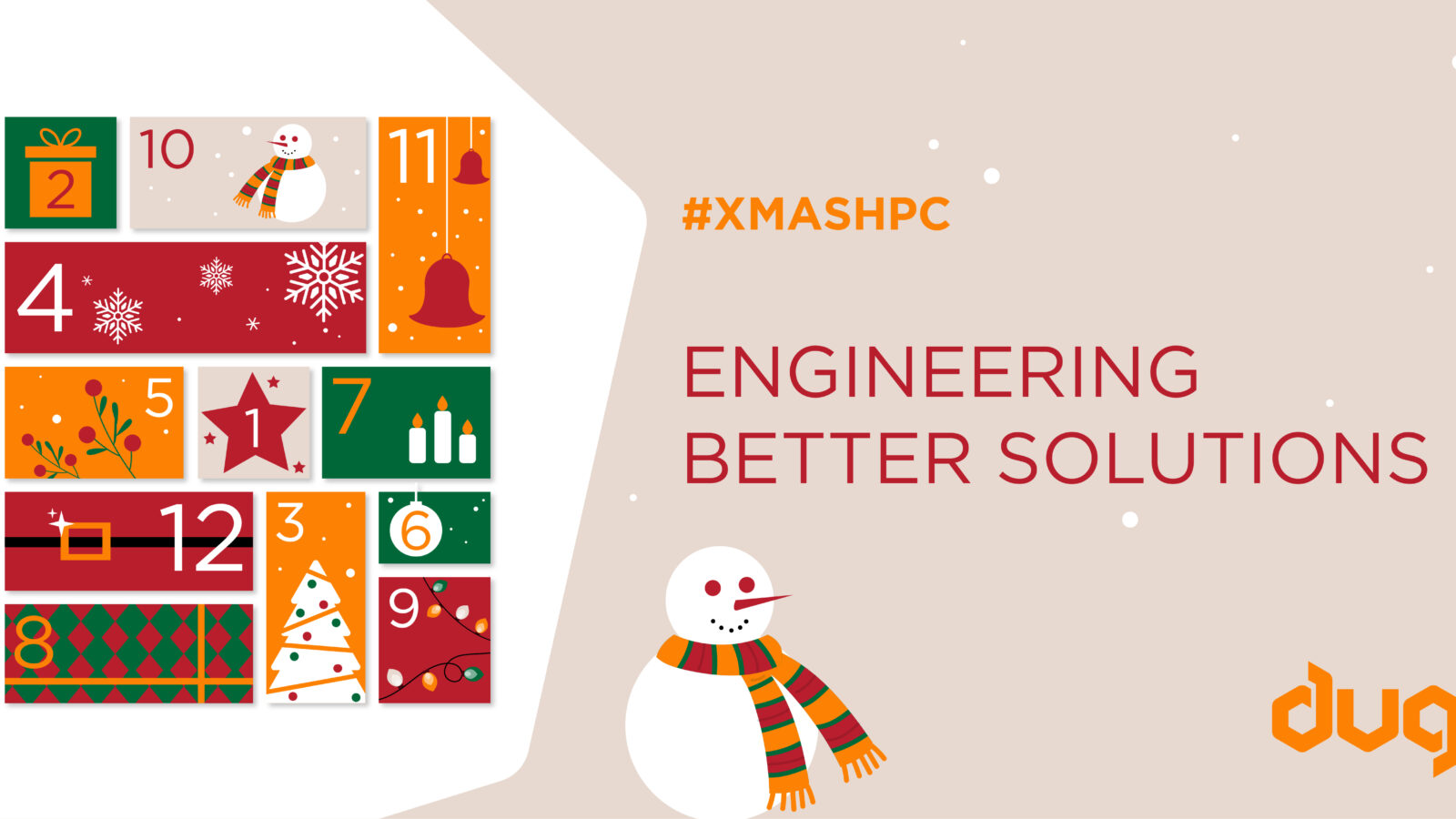The idea of a space station was once a figment of sci-fi imagination living in people’s minds. But as the Space Age blasted off in the 1950s, coupled with the unprecedented pace of technological advancement, it soon became clear that the construction of such a megastructure might be within grasp.
And so in 1998 the International Space Station (ISS) was launched. Taking 10 years and more than 30 missions to assemble, the ISS has since hosted more than 200 astronauts, been occupied continuously since 2000, and enabled countless scientific discoveries that wouldn’t have been possible under the influence of gravity. Check out this list to marvel at all the cool science carried out at the ISS lab throughout its operating period.
But nothing lasts forever. While NASA has extended the space station’s operations until 2030, it could, as early as 2031, be guided to a fiery demise as it follows a calculated deorbit trajectory through Earth’s atmosphere, ultimately ending up in a watery grave located in the Pacific Ocean. The station’s resting place would be somewhere called “Point Nemo”—a location in the ocean farthest from land, between New Zealand and South America.
However, NASA plans to make the most out of ISS during its final years as it “enters its third and most productive decade as a groundbreaking scientific platform in microgravity”.
The final sprint.
NASA released a report summarising the big-picture goals for the final years of the ISS.
The goals are: enabling deep-space exploration, conducting research to benefit humanity, fostering a US-based commercial space industry, leading and enabling international collaboration on space exploration, and last but not least, inspiring humankind and the younger generation to reach greater heights.
NASA has also been laying the groundwork for a commercial future in low-Earth orbit. They believe that today’s private space companies are technologically and financially capable of developing and operating space stations or other spacecraft at low-Earth orbit destinations. Fancy spending your holidays in a one-star (our Sun, duh!) hotel in space? All you need to do is bring a sack load of cash, leave gravity behind, and prepare to feast your eyes on a view that is simply out of this world.
A person’s trash is another person’s treasure.
But for now, we can continue to enjoy the bright, unblinking light of the ISS as it buzzes around our planet. As NASA gears up for more microgravity experiments, expect the space station to churn out more groundbreaking science to address various issues in climate change models, quantum sensors, microbiology, biomedicine and more.
However, one can’t help but think if crashing a gigantic object weighing hundreds of thousands of kilograms into the ocean is the best course of action. At Point Nemo, also known as the spacecraft cemetery, almost 300 pieces of cosmic corpses call it home since 1971. There are no plans to retrieve them. While this certainly minimises NASA’s contribution to the ever-growing space junk problem, perhaps more can be done to transform Point Nemo into a new source of valuable metals and resources that could be reused and recycled—all in the spirit of the circular economy.




































